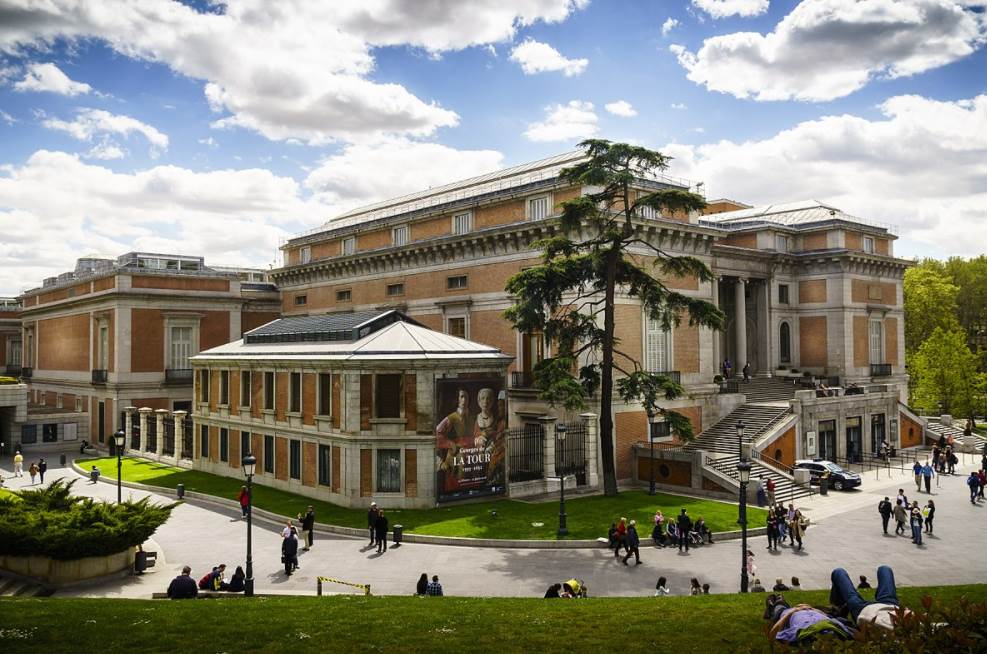A Greek-born artist traveled across Europe and settled himself in a small but important city in central Spain. His goal was to become the court painter of King Phillip II of Spain, but this didn’t happen.
When he arrived in Toledo, El Greco (1541-1614) managed to quickly earn multiple commissions. He eventually spent nearly 4 decades living and working in this city and became one of the leading Mannerist artists of his time.
Let’s take a closer look at some of the most interesting facts about The Holy Trinity by El Greco, a defining painting in the oeuvre of this fascinating artist.
1. It was painted shortly after the artist arrived in Spain
El Greco was born Domḗnikos Theotokópoulos in the kingdom of Candia, an island that belongs to modern-day Greece. Although he’s considered to be one of the most renowned Spanish artists in history, he never really lost touch which his Greek roots.
This is emphasized by the fact that he signed his paintings with his birth name in Greek letters. He was already a master when he left his home country, which was part of the Republic of Venice, for Italy around 1567. He spent quite some years in Venice and Rome before moving to Spain.
He initially traveled to Madrid in 1577 and settled in Toledo, an ancient city just southwest of Spain’s capital, shortly after. It’s here that he completed the painting somewhere between 1577 and 1579.
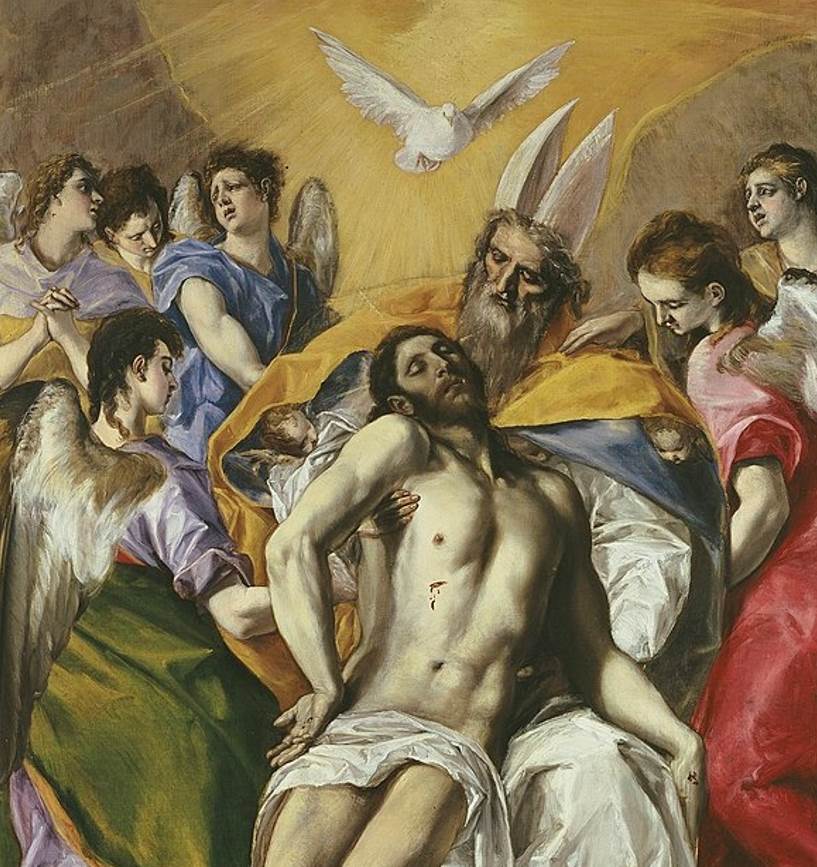
2. It was 1 of 9 paintings commissioned for a church in Toledo
The artist was lucky to meet some influential people shortly after he arrived in Toledo. One of them was Luis de Castilla, the son of Diego de Castilla, the Dean of the church of Santo Domingo el Antiguo in the city.
This church was part of a monastery complex in the heart of the city known as the “Monastery of Saint Dominic of Silos.” Castillo commissioned a total of 9 paintings to decorate this church, including the one described in this article and the amazing “Assumption of the Virgin.”
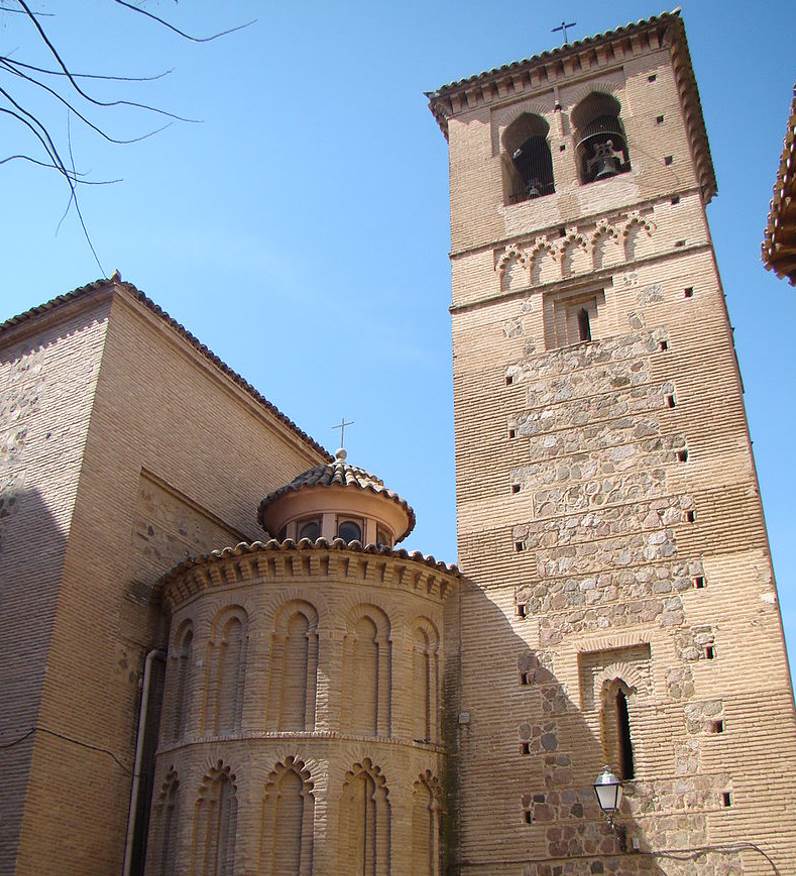
3. It was commissioned to decorate the church’s main altarpiece
The artist managed to complete these 9 monumental works of art in just 2 years and permanently made his name as a master painter in Toledo. The Holy Trinity served as the upper part of the main altarpiece of this church.
The 9 paintings competed by El Greco are collectively called the “Santo Domingo el Antiguo Altarpiece,” and both this painting and the Assumption of the Virgin were the main works of the high altar.
Although you can still admire these paintings inside the church, 6 of these are copies and only 3 are the original ones. The original ones are “St John the Baptist” and “St John the Evangelist,” two paintings flanking the main painting, and “The Resurrection,” a painting on the right side.
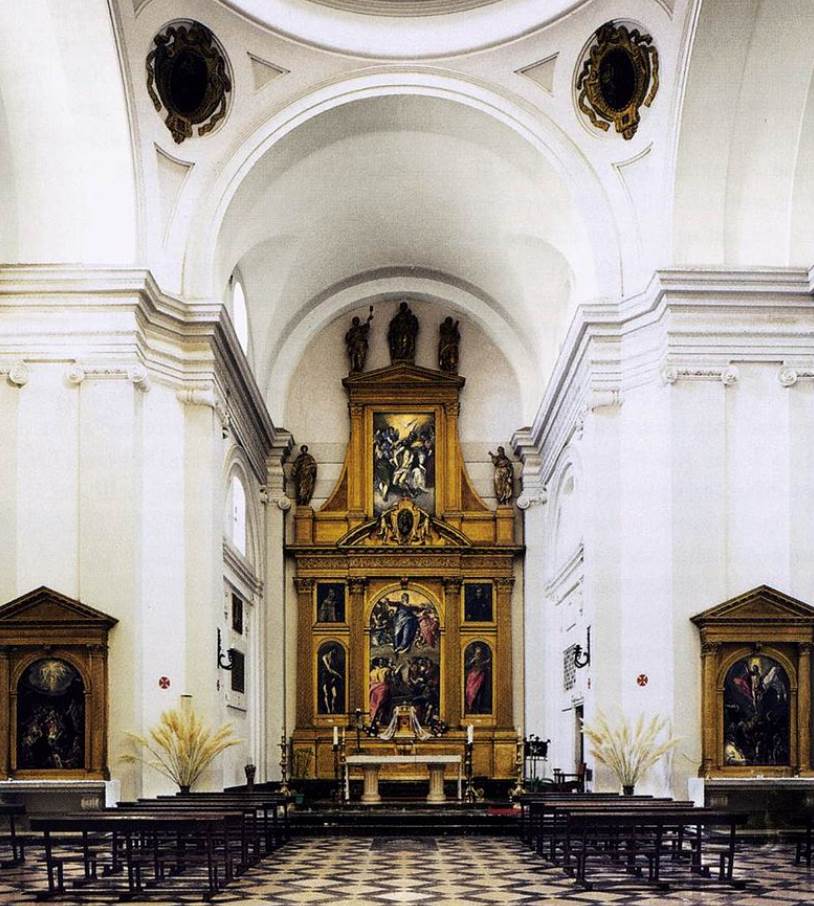
4. The Holy Trinity is depicted in the central part of the painting
As the name of the painting suggests, it depicts the so-called “Holy Trinity,” the 3 persons that make up the Christian Trinity. These are God the Father, God the Son, and the Holy Spirit.
We can see God the Father holding the body of his dead son Jesus Christ under his robe. The Holy Spirit is represented by the dove, a traditional symbol of the Holy Spirit in Christianity that has often been used in Christian art.
The dove has been a symbol for Peace, Purity, and in the case of this painting, a new beginning.

5. Angels and heavenly beings make up the entire composition
The composition of the painting is centered around the Holy Trinity, and to fill up the additional space, El Greco added a total of 6 angels. 4 winged angels can be seen on the left side of the painting and 2 on the right.
One of the most fascinating elements of this painting is the cherubim that were added by El Greco. These are winged heavenly beings that directly serve God the Father. Many tasks were assigned to them in religious scripture such as, for example, protecting the gates of the Garden of Eden.
The artist depicted several child-like beings beneath the robe of God the Father and below the feet of Jesus Christ

6. The artist was influenced by the paintings of 2 Italian masters
We need to understand the fact that El Greco had just arrived in Spain when he earned this commission after spending a decade in Italy.
He spent several years in Venice where he saw the paintings of Titian, Veronese, and Tintoretto, the 3 great Venetian masters of the 16th century whom he probably met as well.
The color palette he used, especially to depict the robe of God the Father, closely resembles that of Tintoretto. The anatomic details of the body of Jesus Christ were probably influenced by Michelangelo, an artist of whom the paintings he didn’t keep in high regard.
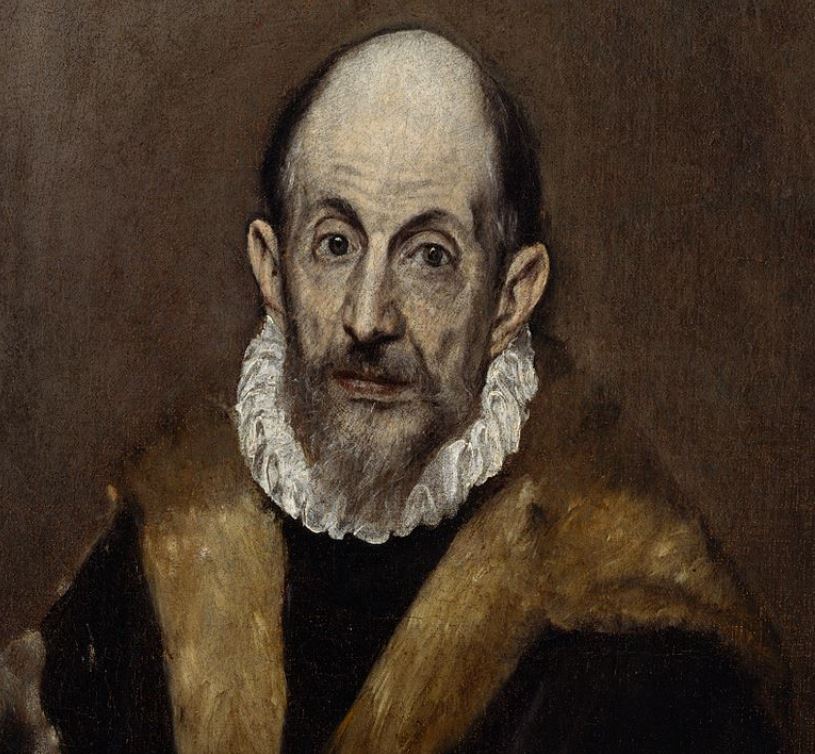
7. How big is The Holy Trinity by El Greco?
Because the painting was commissioned to decorate the upper section of the high altar of the church in Toledo, it’s pretty big. Especially because the altarpiece is of a monumental size as well.
The painting has a height of 300 centimeters (118.11 inches) and a width of 179 centimeters (70.47 inches).
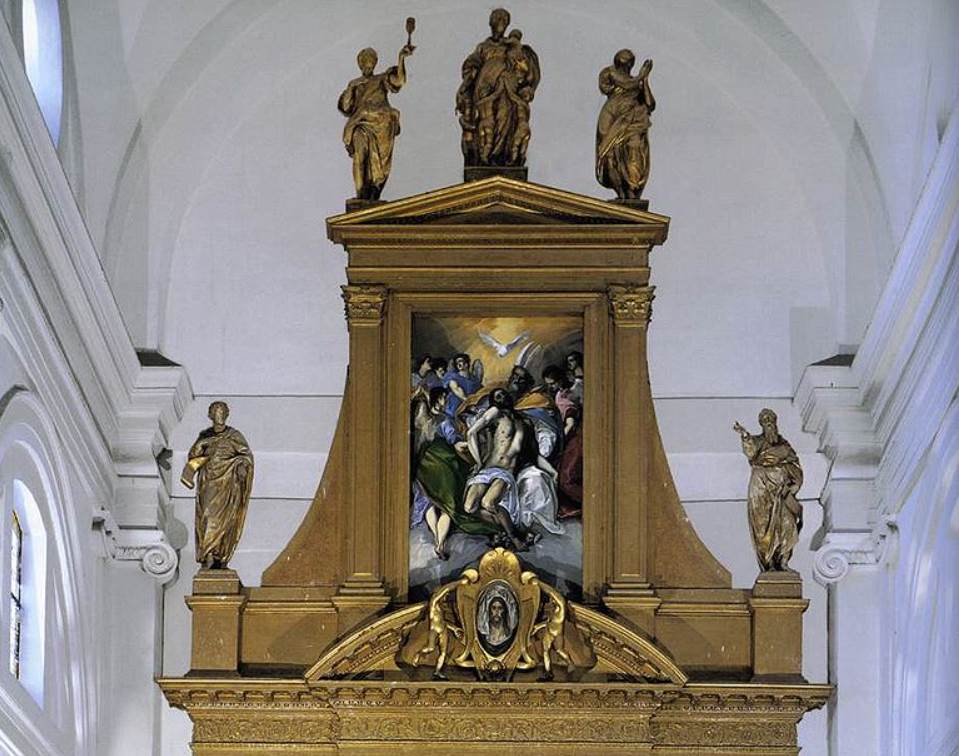
8. Where is the painting located today?
Little is known about what happened to the painting after it was removed from the church in Toledo, except for the fact that it was in the possession of a Spanish sculptor named Valeriano Salvatierra (1789-1836) in the year 1832.
We know this because this was the year that he sold the painting to King Ferdinand VII of Spain (1784-1833). The king wasn’t able to enjoy the work for too long because he passed away the following year.
The Holy Trinity made its way from the Spanish Royal Collection to the national museum of Spain during the 1850s, and it’s still part of the collection of the Prado Museum in Madrid today.
